Tashi Tagye: The eight auspicious signs. This symbols is very popular in Buddhism and you will find them in Temple and Monastery’s. It is also known in Sanskrit as ‘Ashtamangala.
Tashi Tagye (བཀྲ་ཤིས་རྟགས་བརྒྱད་) or aṣṭamaṅgala refers to the eight signs of auspiciousness which are known in Indian religions including Buddhism. They are associated with different parts of the Buddha’s body and also shown as hand implements (ཕྱག་མཚན་) of eight offering goddesses. They also symbolize auspicious topics and enlightened qualities. The signs are commonly carved, printed or painted on different surfaces in Bhutan for different purposes.
Jewelled Parasol (རིན་ཆེན་གདུགས་མཆོག་)
The parasol decorated with precious jewels represents the Buddha’s unfathomable head. It also signifies the many umbrellas, parasols and canopies offered to the Buddha by the celestial and human kings and the Buddha blessed it as a symbol of protection from the heat of suffering. The parasol with its silken cloth, golden shaft and the jewel ornaments represents the various aspects of the Buddha’s teachings, which give peaceful solace and protection from suffering.
Auspicious Golden Fish (བཀྲ་ཤིས་སེར་ཉ་)
The golden fishes represents the Buddha’s compassionate and clairvoyant eyes, and the agility and swiftness of the Buddha’s enlightened spirit. The two fishes symbolize the two types of penetrating and transcendental wisdom of the Buddha. They are also said to symbolize the two great rivers Ganga and Yamuna, solar and lunar powers, fertility and abundance, wisdom and compassion.
Wish-fulfilling Vase (འདོད་འཇོའི་བུམ་བཟང་)
The wish-granting vase represents the Buddha’s throat, which is considered an inexhaustible treasury of vast and profound teachings. It also symbolizes the wealth of spiritual qualities, a container of nectar for immortality, and in the worldly sense, a receptacle filled with the essence of various riches.
Beautiful Lotus (ཡིད་འོང་ཀ་མ་ལ་)
The lotus flower represents the tongue of the Buddha which is free from flaws of speech, is endowed with the eloquence and other good qualities, and which relishes the profound taste of the dharma. Just as the lotus is not sullied by its muddy environment but thrives in it, the Buddha thrives in the world unaffected by it. Thus, it symbolizes purity and immaculate existence.
Conch (སྙན་གྲགས་དུང་དཀར་)
The conch shell, which spirals clockwise, represents the deep, melodious and pervasive voice of the Buddha and the sound of dharma which awakens sentient beings from the slumber of ignorance. The conch shell was offered to the Buddha by Indra to request him ‘to turn the wheel of dharma’ or teach and hence blessed by the Buddha as an auspicious sign. It symbolizes fearlessness and resounding victory
Eternal Knot (ཕུན་ཚོགས་དཔལ་བེའུ་)
The endless know represents the profound and mystical nature of the Buddha’s heart or mind. Its intertwining structure symbolizes the interdependence and interpenetration of reality and the complex and intricate nature of all phenomena. The eternal and endless design indicates the immutable and adamantine state of enlightenment and ultimate nature of things.
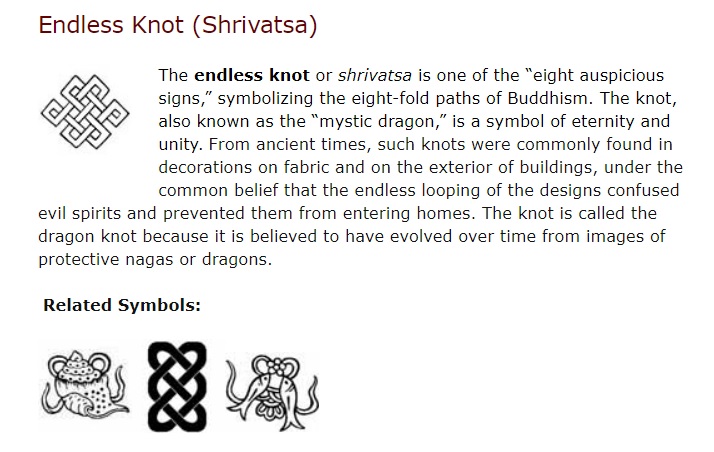
Victory Banner (མི་ནུབ་རྒྱལ་མཚན་)
The banner of victory represents the Buddha’s body and his victory over the four kinds of evil forces and other opponents. Originally based on the use of banners in warfare, the victory banner in the Buddhist context symbolizes the victory of positive virtuous forces over negative ones and the invincibility of an enlightened being.
The Wheel of dharma (དབང་བསྒྱུར་འཁོར་ལོ་)
The wheel of dharma represents the Buddha’s feet on which is clearly embossed the pattern of a wheel, one of thirty-two marks of an enlightened person. Besides, Brahma is said to have offered a thousand-spoked wheel to the Buddha in order to ask him to teach or turn the wheel of dharma. The Buddha blessed the wheel as an auspicious symbol and used the wheel as metaphor for his spiritual teachings. Just as a Universal Monarch is said to possess a wheel which would lead his military forces and subjugate this opponents, the Buddha used his teachings to lead his disciples and subdue the negative forces.
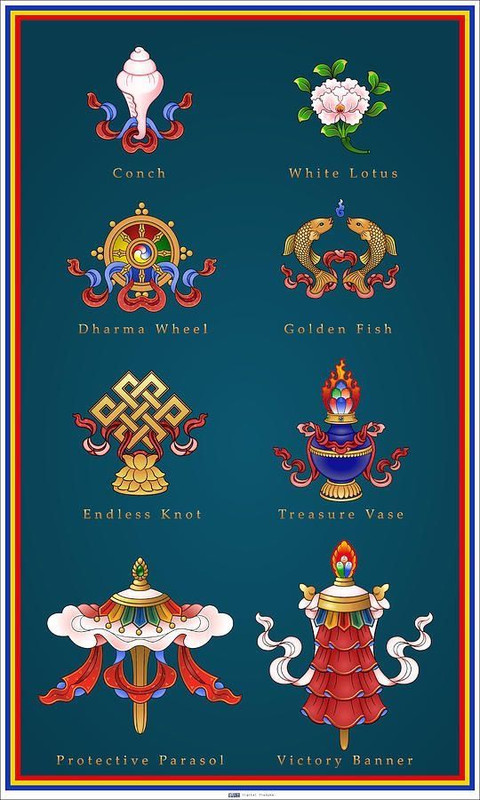

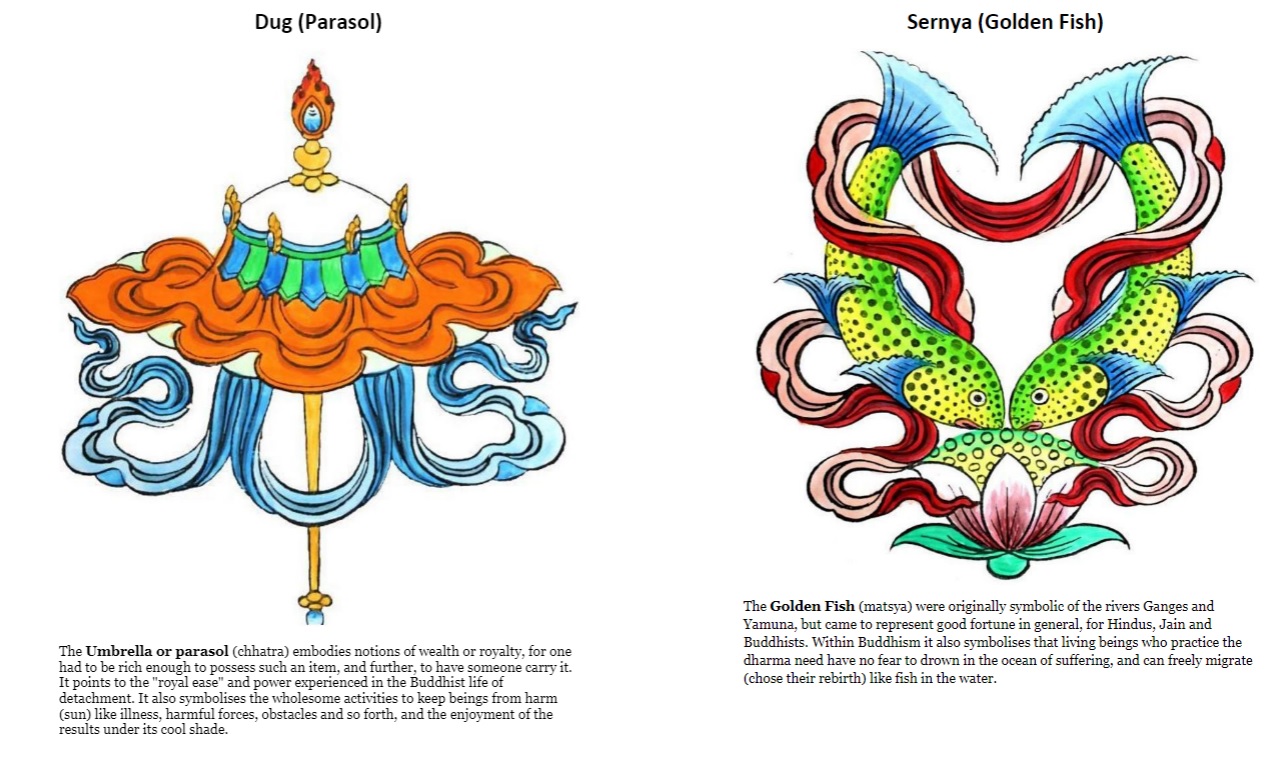
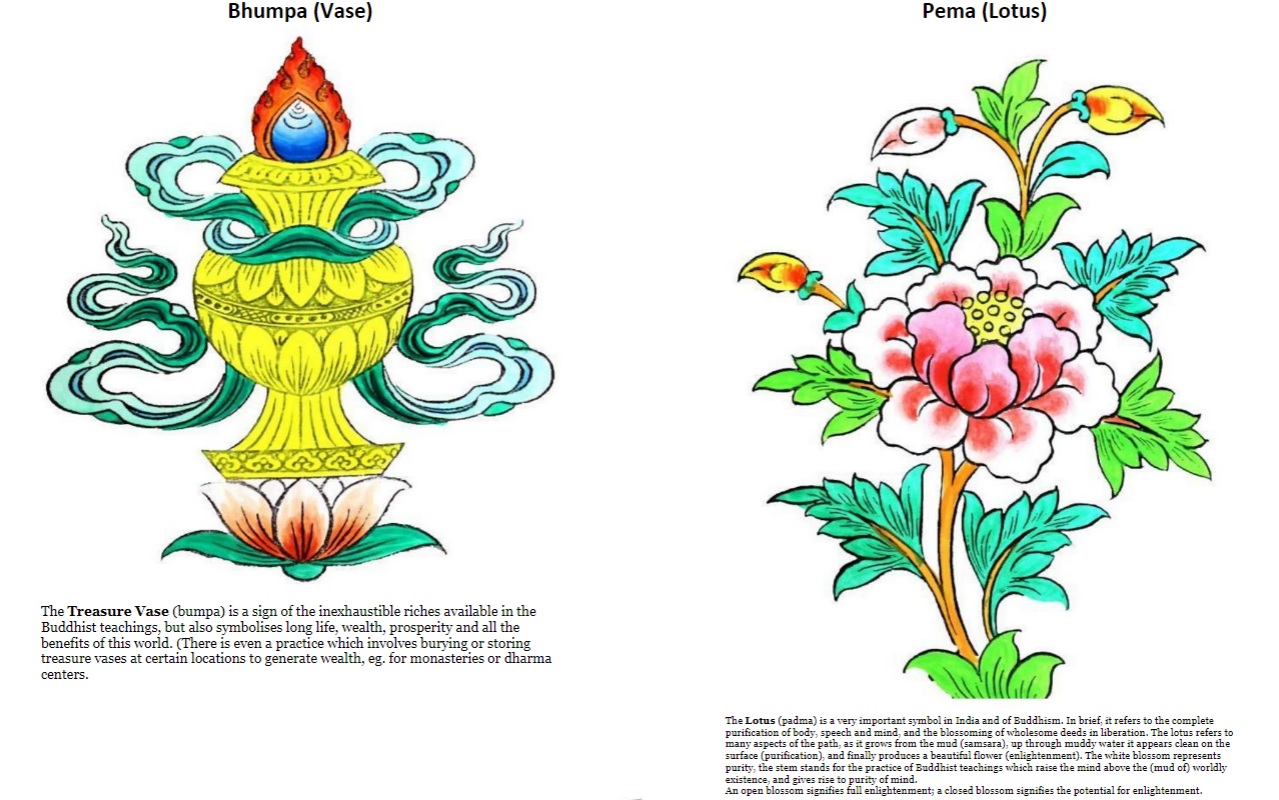
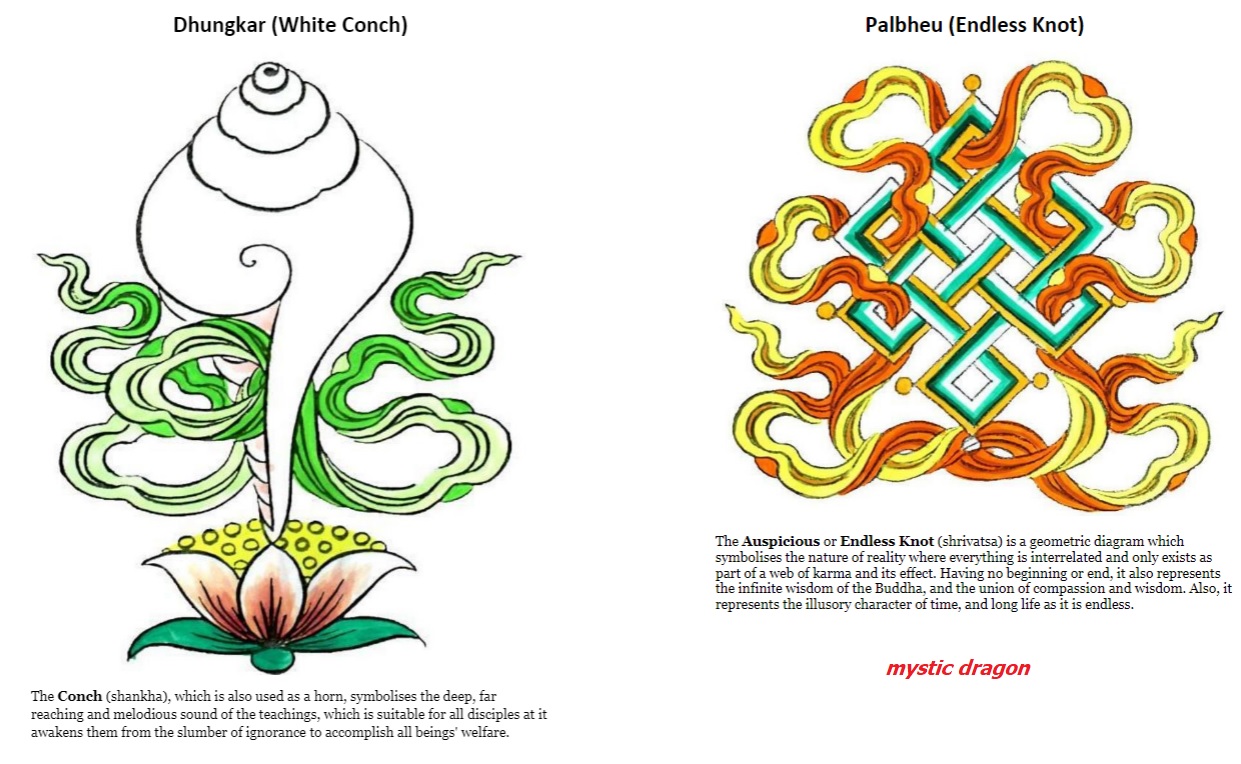
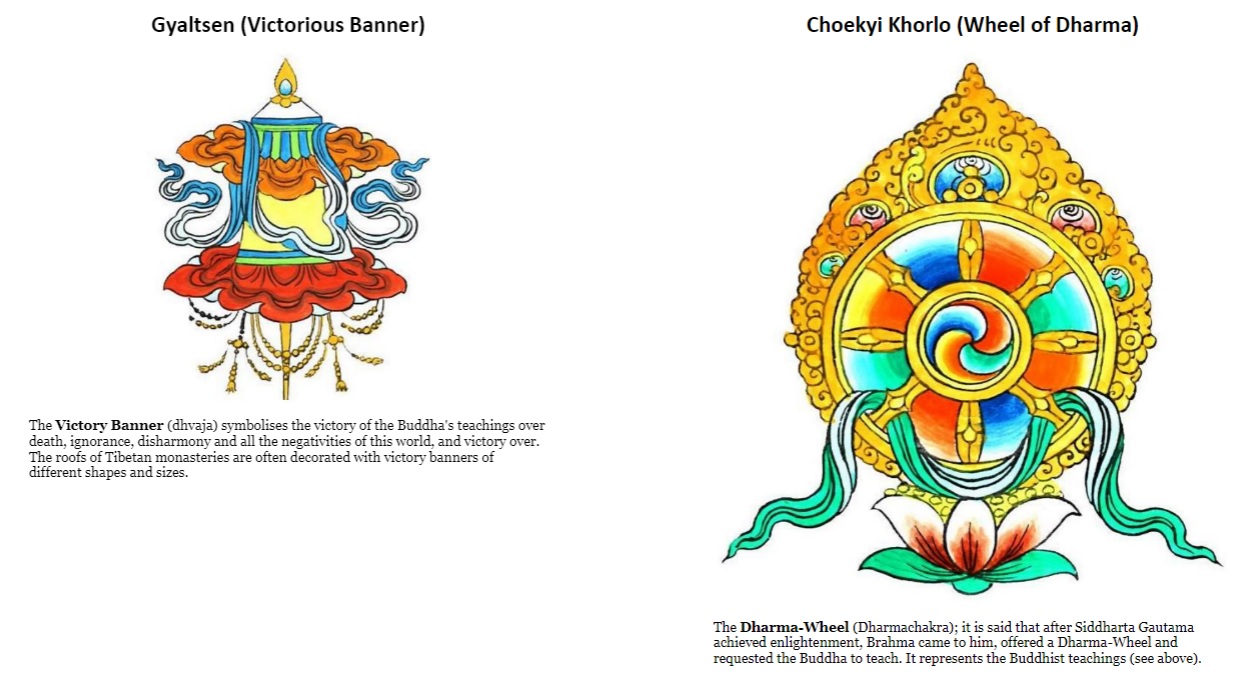

The Pañca-Parameṣṭhi (Sanskrit: पञ्च परमेष्ठी for "five supreme beings") in Jainism are a fivefold hierarchy of religious authorities worthy of veneration.
The five supreme beings are:
Arihant: The awakened souls who have attained keval gyan are considered as Arihant. The 24 Tirthankaraas or Jinas, the legendary founding figures of Jainism in the present time cycle are Arihants. All Tirthankaras are Arihants but not all Arihants are Thirthankars.
Siddha (Ashiri): The souls which have been liberated from the birth and death cycle.
Acarya
Upadhyaya ("Preceptors")
Muni or Jain monks
The five initials, viz. A+A+A+U+M are taken as forming the Aum syllable.
Five supreme beings
Obeisance to Pañca-Parameṣṭhi (five supreme beings)
Dravyasaṃgraha, a major Jain text, succinctly characterizes the five Supreme Beings (Pañca-Parameṣṭhi).
Definition of the World Teacher (Arhat) - verse 50.
Definition of the liberated souls (Siddha) - verses 51.
Definition of the Chief Preceptor (Acarya) - verse 52.
Definition of the Preceptor (Upadhyaya) - verse 53.
Definition of the Ascetic (Sadhu) - verse 54.
Meditate on, recite or chant the sacred mantras, consisting of thirty-five, sixteen, six, five, four, two and one letter(s), pronouncing the virtues of the five supreme beings (Pañca-Parameṣṭhi). Besides, meditate on and chant other mantras as per the teachings of the Preceptor (guru).
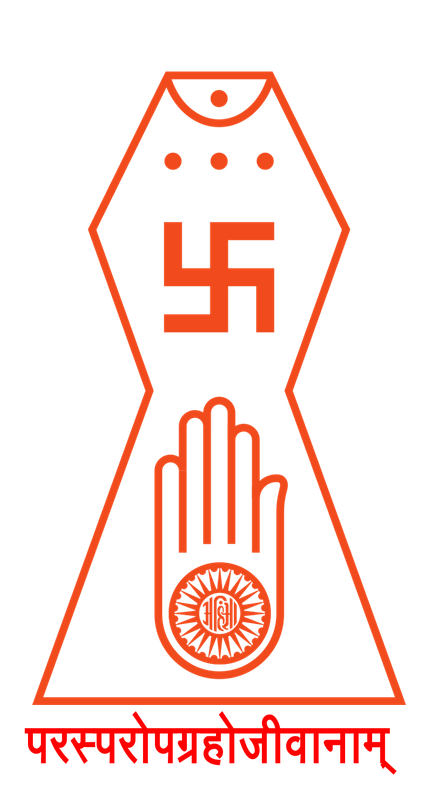
This is the official symbol of Jainism, known as the Jain Prateek Chihna. This Jain symbol was agreed upon by all Jain sects in 1974.
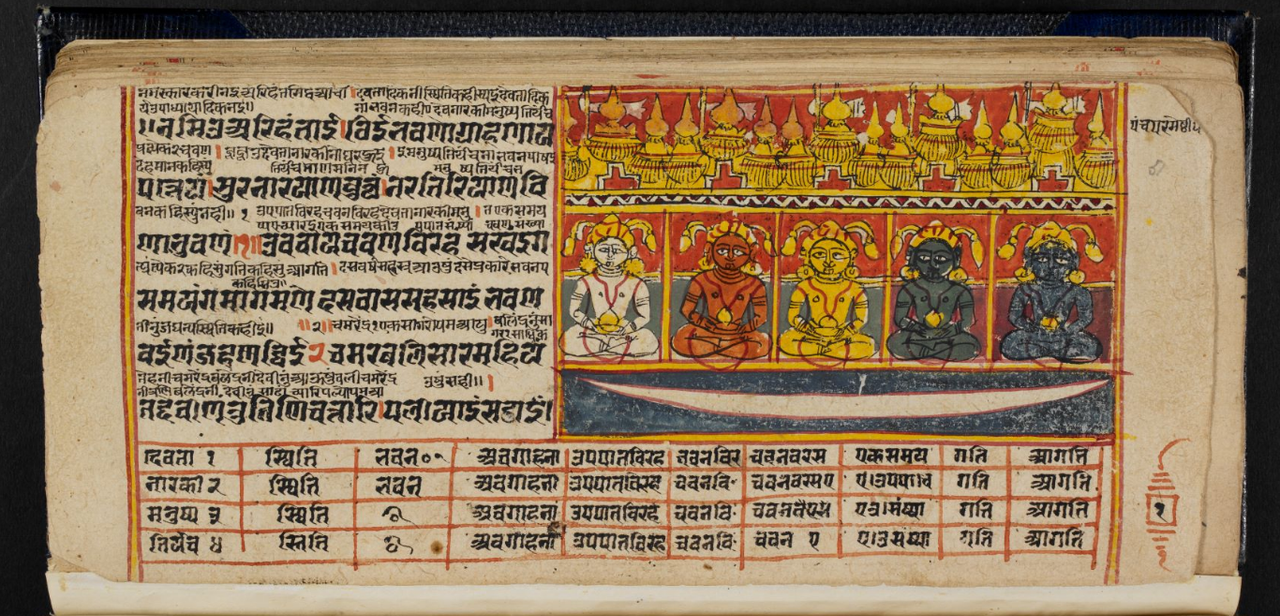
The miniature depicts the Pancaparameṣṭhi on Siddhaśilā. Folio from the Saṁgrahaṇīratna by Śrīcandra in Prakrit with interlinear Gujarati commentary, 17th century (British Library Or 2116C)

Relief depicting Pañca-Parameṣṭhi
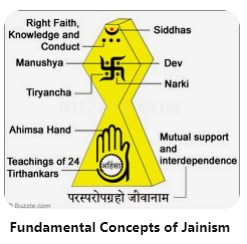

In Jainism, a Tirthankara (Sanskrit: tīrthaṅkara; English: literally a 'ford-maker') is a saviour and spiritual teacher of the dharma (righteous path).[1] The word tirthankara signifies the founder of a tirtha,[2] which is a fordable passage across the sea of interminable births and deaths, the saṃsāra. According to Jains, a Tirthankara is an individual who has conquered the saṃsāra, the cycle of death and rebirth, on their own, and made a path for others to follow.[3] After understanding the true nature of the self or soul, the Tīrthaṅkara attains Kevala Jnana (omniscience). Tirthankara provides a bridge for others to follow the new teacher from saṃsāra to Mahavira (liberation).
In Jain cosmology, the wheel of time is divided in two halves, Utsarpiṇī or ascending time cycle and avasarpiṇī, the descending time cycle (said to be current now). In each half of the cosmic time cycle, exactly twenty-four tirthankaras grace this part of the universe. There have been an infinite number of tirthankaras in the past time periods.[5] The first tirthankara in this present time cycle (Hunda Avsarpini) was Rishabhanatha, who is credited for formulating and organising humans to live in a society harmoniously. The 24th and last tirthankara of present half-cycle was Mahavira Swami Ji (599 BC–527 BC).[6][7][8] History records the existence of Mahavira and his predecessor, Parshvanath, the twenty-third tirthankara.
A tirthankara organises the sangha, a fourfold order of male and female monastics, srāvakas (male followers) and śrāvikās (female followers).
The tirthankara's teachings form the basis for the Jain canons. The inner knowledge of tirthankara is believed to be perfect and identical in every respect and their teachings do not contradict one another. However, the degree of elaboration varies according to the spiritual advancement and purity of the society during their period of leadership. The higher the spiritual advancement and purity of mind of the society, the lower the elaboration required.
While tirthankaras are documented and revered by Jains, their grace is said to be available to all living beings, regardless of religious orientation.
Tīrthaṅkaras are arihants who after attaining kevalajñāna (pure infinite knowledge)[12] preach the true dharma. An Arihant is also called Jina (victor), that is one who has conquered inner enemies such as anger, attachment, pride and greed.[4] They dwell exclusively within the realm of their Soul, and are entirely free of kashayas, inner passions, and personal desires. As a result of this, unlimited siddhis, or spiritual powers, are readily available to them – which they use exclusively for the spiritual elevation of living beings. Through darśana, divine vision, and deshna, divine speech, they help others in attaining kevalajñana, and moksha (final liberation) to anyone seeking it sincerely.
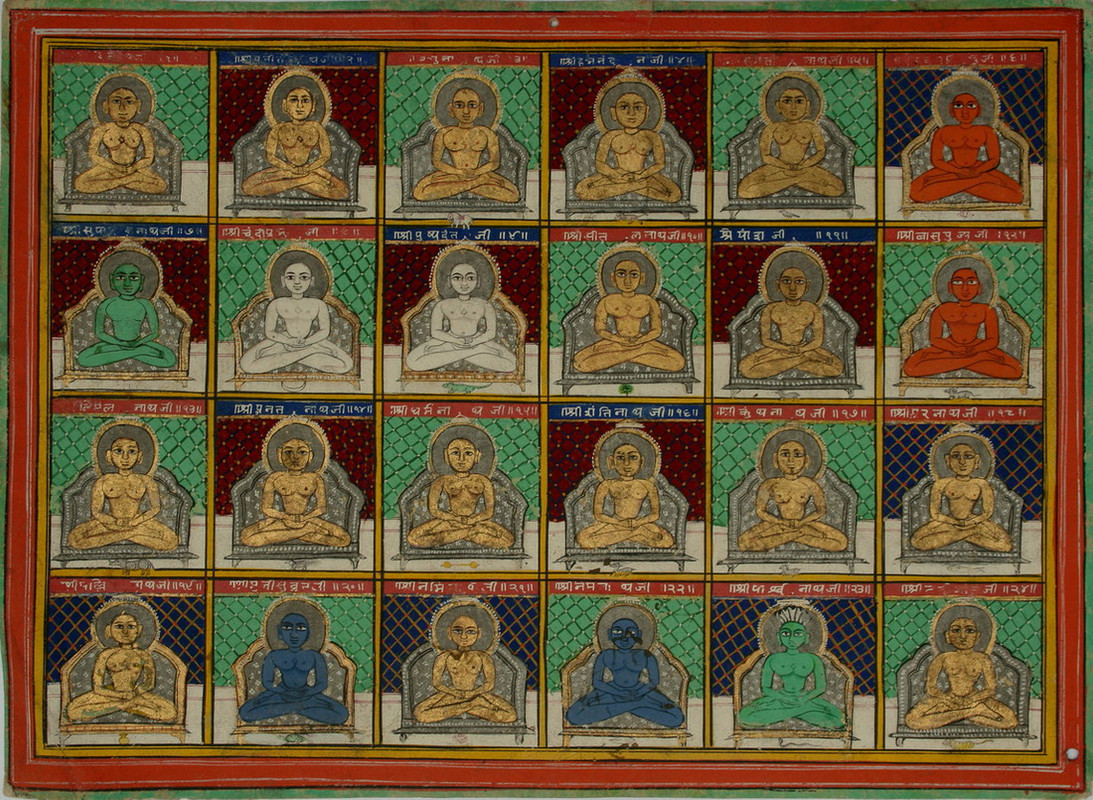
Jain miniature painting of 24 Jain Tirthankaras, Jaipur, c. 1850
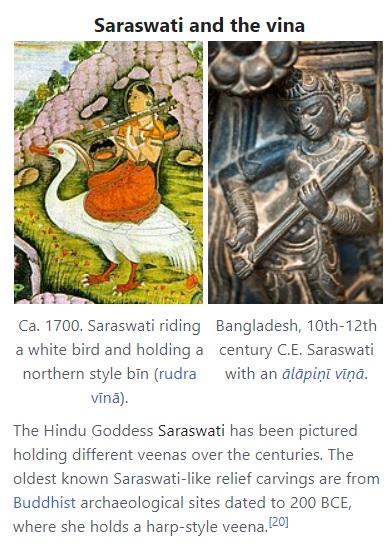
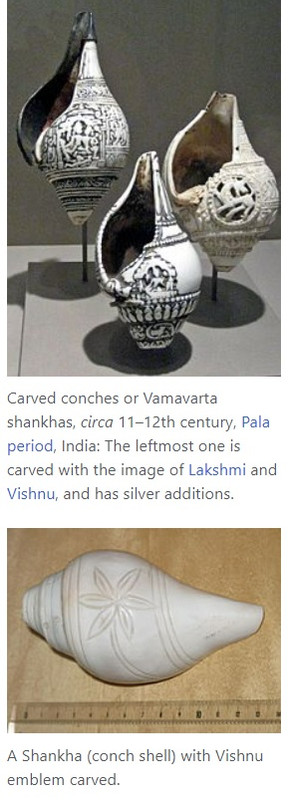


No comments:
Post a Comment
Note: Only a member of this blog may post a comment.